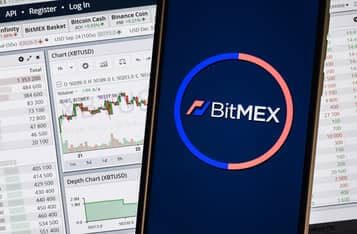Chainalysis: MiCA's Stablecoin Regime Faces Implementation and Legal Challenges
The Markets in Crypto-Assets (MiCA) regulation, designed to govern the rapidly evolving landscape of crypto-assets, is encountering significant practical and legal challenges. Despite extensive efforts by the European Banking Authority (EBA) and the European Securities and Markets Authority (ESMA), some ambiguities and uncertainties remain, according to Chainalysis.
Challenges Remain
Even as the MiCA regime for stablecoins comes into force, several critical challenges persist. For instance, while MiCA is directly applicable to EU countries and firms, it necessitates national laws for proper implementation and enforcement. These laws determine the competent national authority for MiCA within each country and establish transitional periods for Crypto Asset Service Providers (CASPs). Currently, about half of the EU member states have not passed the necessary implementation laws, leaving a gap in regulatory oversight.
Uncertainty in Practical Implementation
MiCA is one of the first comprehensive regulatory regimes for crypto asset issuers and service providers globally, drawing from traditional market regulations and the unique risks of crypto assets. However, uncertainty lingers regarding how these rules will be practically understood and implemented by both firms and regulators. The EBA and ESMA have provided detailed guidelines to ensure a consistent approach, but not every issue can be preemptively addressed in such a dynamic market. For example, there is ambiguity around the trading opportunities for non-MiCA authorized stablecoins post-June 30, 2024, given MiCA’s CASP provisions will only take effect on December 30, 2024.
Implications of EMTs as E-money and Crypto Assets
The dual classification of E-money Tokens (EMTs) as both crypto assets and funds under MiCA adds another layer of complexity. This classification might require CASPs to obtain additional licenses under the EU’s payment services rules (PSD2) if EMTs are considered regulated payment services. Conversely, if EMTs are regarded solely as crypto assets, a MiCA license would suffice. This ambiguity necessitates clear guidelines within MiCA or upcoming European payments regulations to ensure all firms understand their regulatory obligations.
This classification issue also highlights the broader challenge of distinguishing between different types of crypto assets, similar to ongoing discussions around MiCA “crypto-assets” versus financial instruments under the EU’s traditional financial market regulations (MiFID). The ESMA has proposed a cautious approach, classifying ambiguous tokens as financial instruments to ensure comprehensive oversight and consumer protection.
The Future of Stablecoin Regulation
Stablecoins represent the largest single use case for crypto assets today, and MiCA’s stablecoin regime marks a significant step towards comprehensive regulatory standards. The EU’s detailed prudential and conduct requirements, alongside stringent governance and redemption rules, underscore its commitment to a rigorous regulatory environment for stablecoins. However, the journey towards full regulatory clarity and seamless implementation is fraught with challenges, including pending national implementation laws and the dual classification of EMTs.
Ongoing efforts by the EBA and ESMA to refine standards and guidelines are expected to provide much-needed clarity, ensuring that all stakeholders can navigate the new regulatory landscape effectively and foster a more robust and secure crypto asset market.
For further details, visit the original article on Chainalysis.






